Plant-Based Digital Data Storage
In Short
Karin Fister and Iztok Fister are the two undergraduate biotechnologists of Maribor University of (Slovenia a country in central Europe) who have encoded a program into DNA and synthesized it into a plasmid-vector and the resulting seed with 100% accurately showing the output.
In Normal Form
Have you ever heard of miracles? Yes! We live in a world of technology where we see a new miracle every day. For example, 3 decades ago, there was no concept of the internet and cell phones, but today all businesses depend on the internet; even a very small business is now available on the internet, and cell phones have become a necessity for everyone. So we can say that the world of technology is flourishing.
Previously, biology was a single subject, but with evolution, biology and technology have been merged, and biotechnologists are doing wonders in this field. Similarly, Karin Fister and Iztok Fister from the University of Maribor (they have not graduated at that time) managed to encode a program into DNA and synthesize it into a plasmid vector. Later, the plant produced a seed containing all the original information. Isn’t it something extraordinary?
Now you must be wondering what they did? Don’t worry, read on and discover the amazing technology they have introduced into this world.
How Python Program Stored into Plant
1.A simple python program of Hello World
2.Hello world program encoded into DNA Code
3.Synthesized the DNA Code
4.Cloned the DNA Code into Plasmid-vector
5.Plasmid-Vector to Nicotiana benthamiana plants
6.The encoded program was reconstructed from the resulting seedlings with 100% accurately showing the Hello World on the computer screen.
By this experiment, it cleared that manually encoded data can be stored and multiplied within plants without affecting their vigor and fertility of the plant.
.
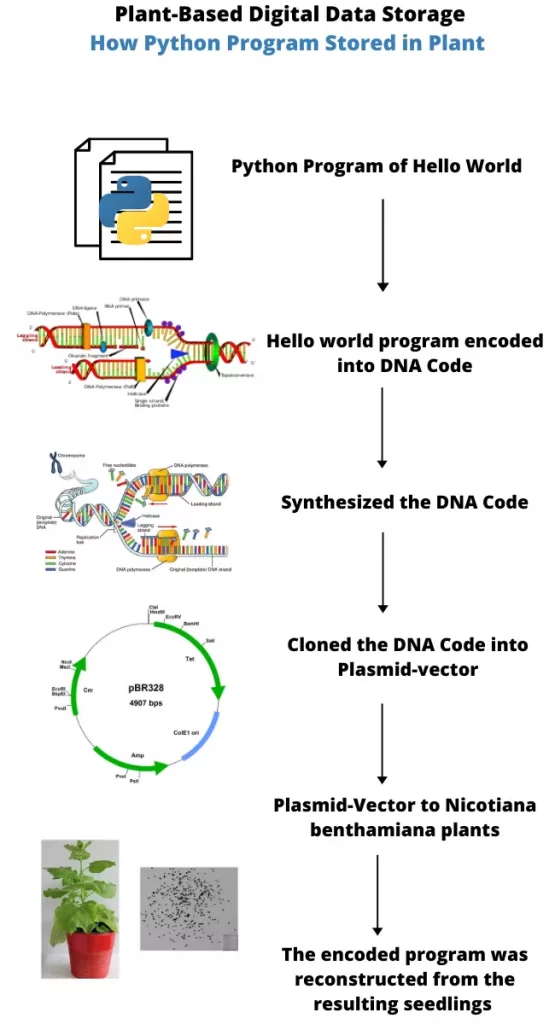
Why we need this technology?
There was a reason for conducting this experiment because, since the last decade, a constant increase of digital information was observed, but unfortunately, there was not enough capacitive and also a low-maintenance storage medium for data. Thus, the idea of creating such a digital memory that will help people to store big data was born. However, this was the first approach to use eukaryotic cells as a source for storing digital data.
The main advantage of this approach is that the daughter cells will also have the same encoded information in their DNA, and the host cell will also grow with this embedded information in each cell. This way, they can save several dollars that they used to make copies of digital data. Now the digital data is automatically cloned in both the daughter cell and the host cell.
In the future, this will be an excellent approach because 1g of DNA can store exabytes of data, and the best part is that it does not compromise the integrity of the plant and plant cells. Moreover, if the DNA containing digital data is stored in the seed of a living plant, it will be easily accessible in the future.
Conclusion
Plant-based digital data storage is a recent approach in the world of technology, but it will surely bring a new change if it is successful. In the future, this technology will replace the current digital programs and storage devices, Currently we are using solid state disks (SSD) Magentic disks (HDD) to store data in computers and other devices which causing large amount of data centers and storage devices, In future it can be improved by using plant based digital data storage technology to store our data.
Sources:
https://en.wikipedia.org/wiki/Plant-based_digital_data_storage

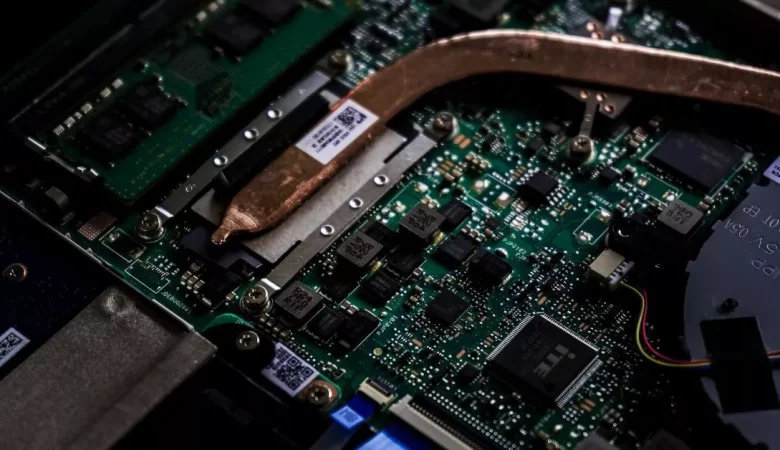
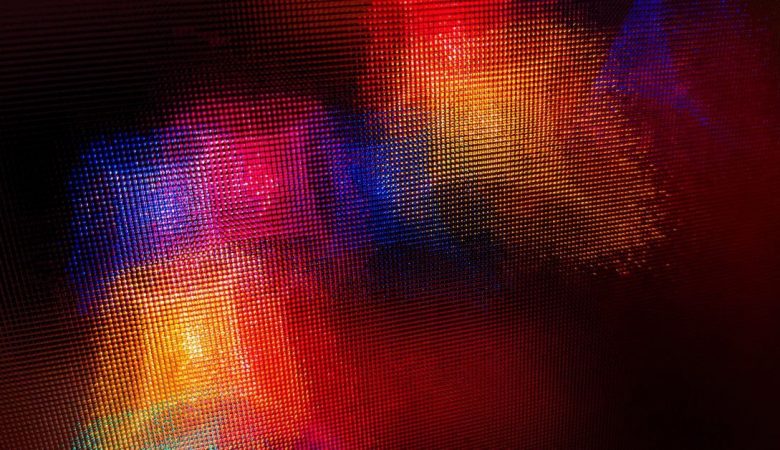
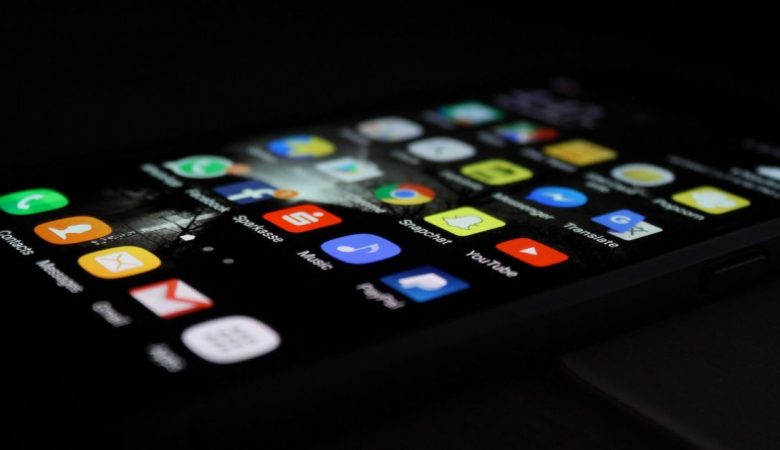
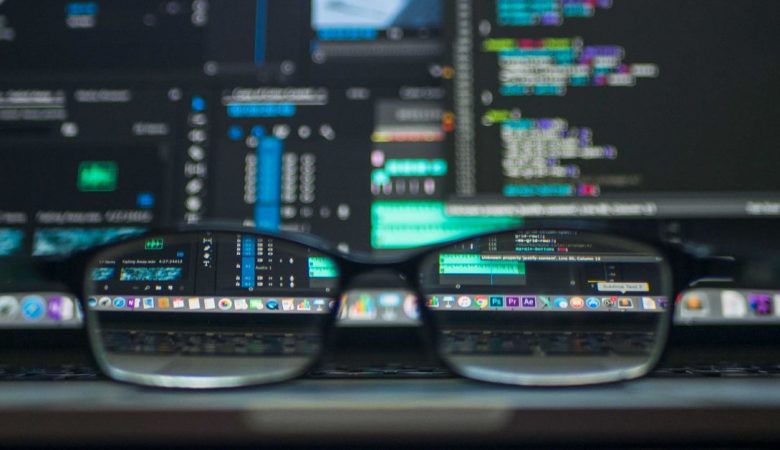
Wow A great Invention which going to change the world.